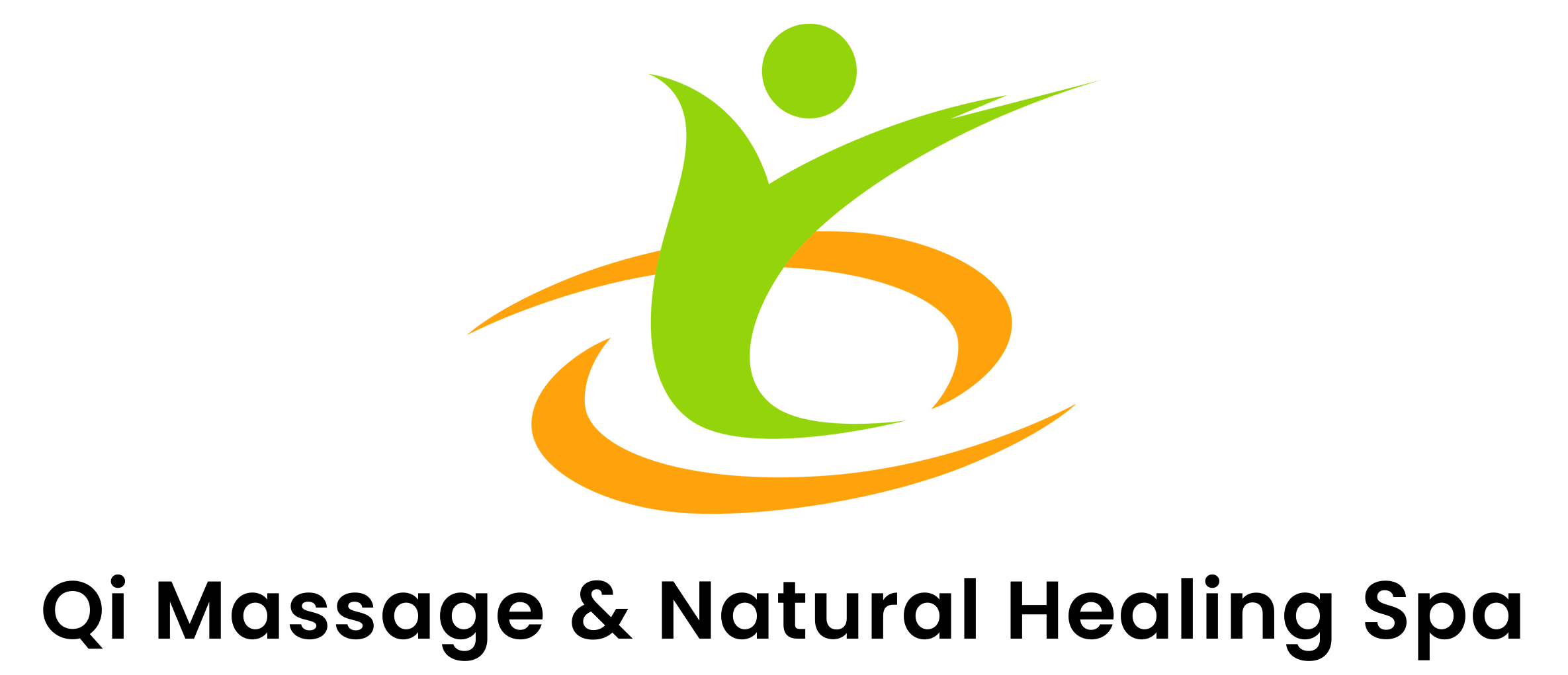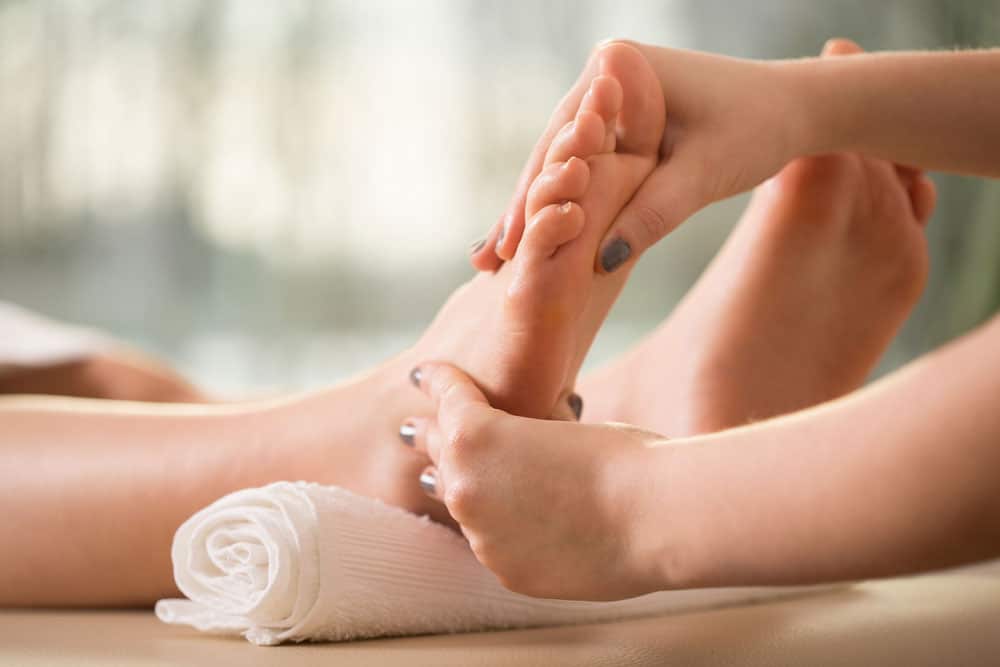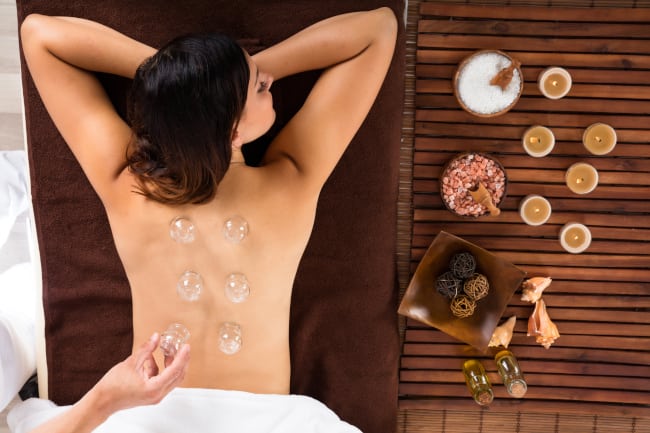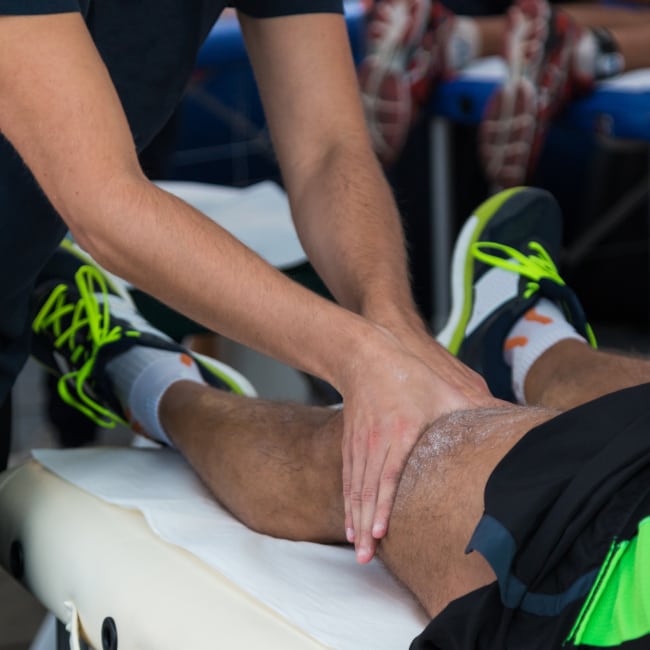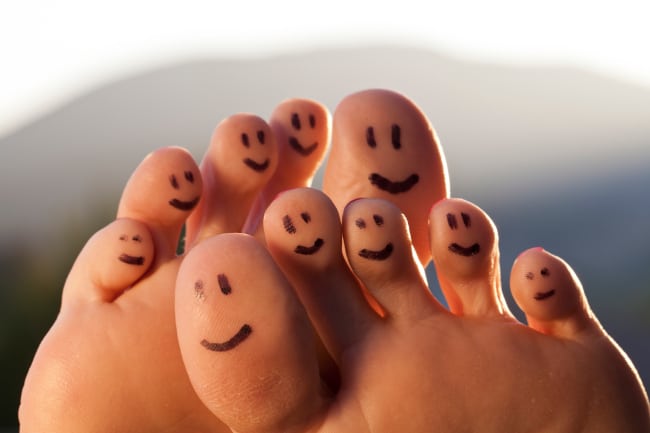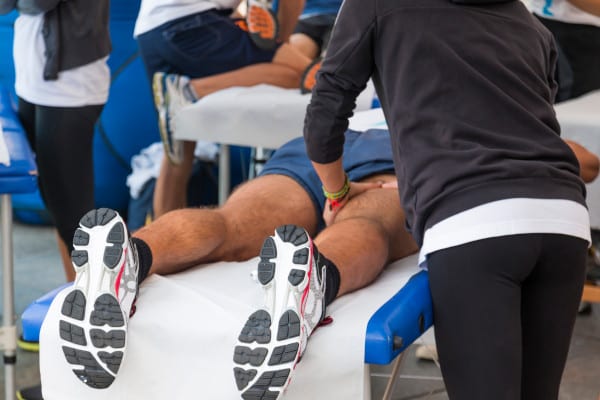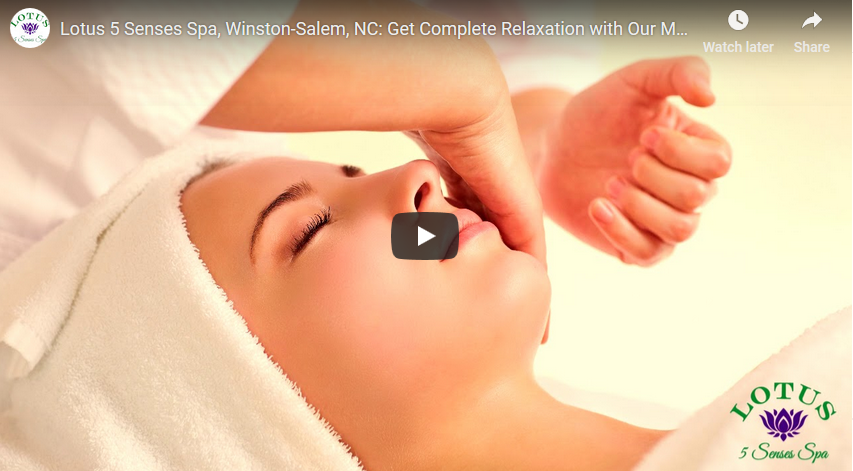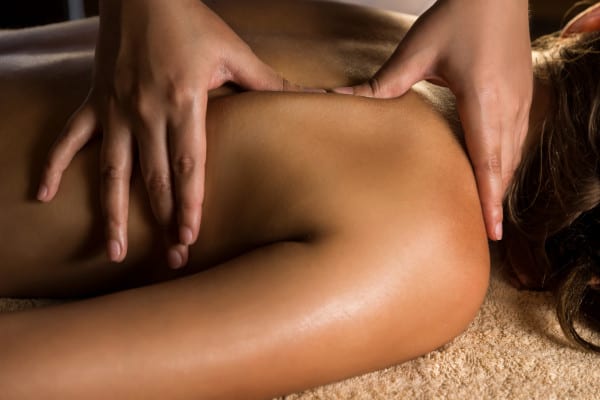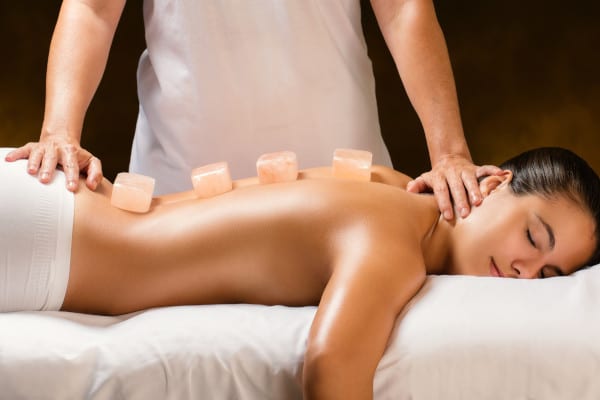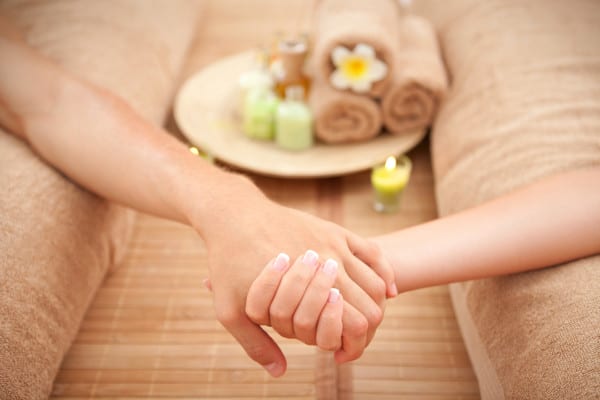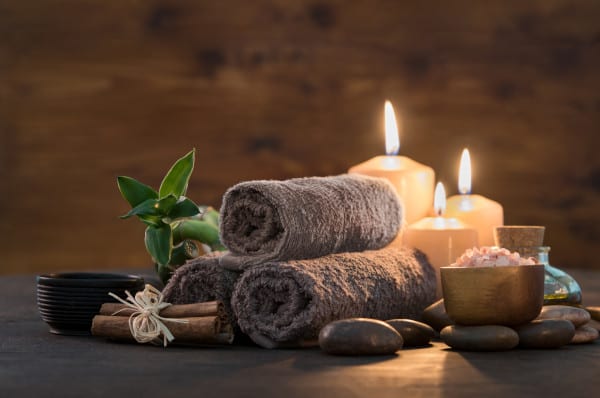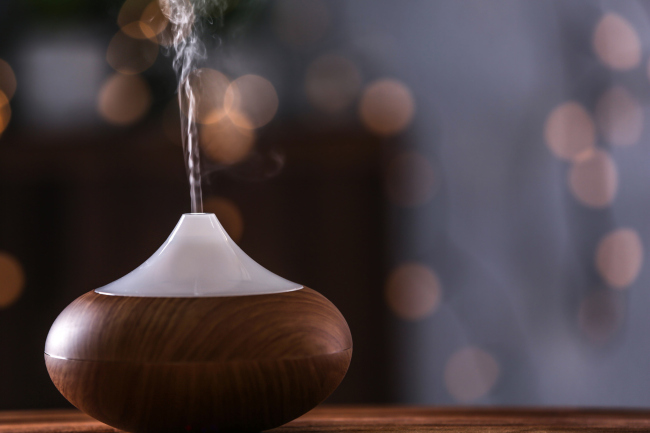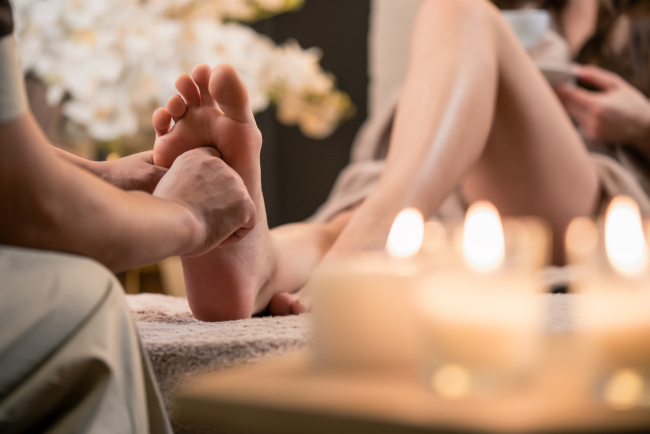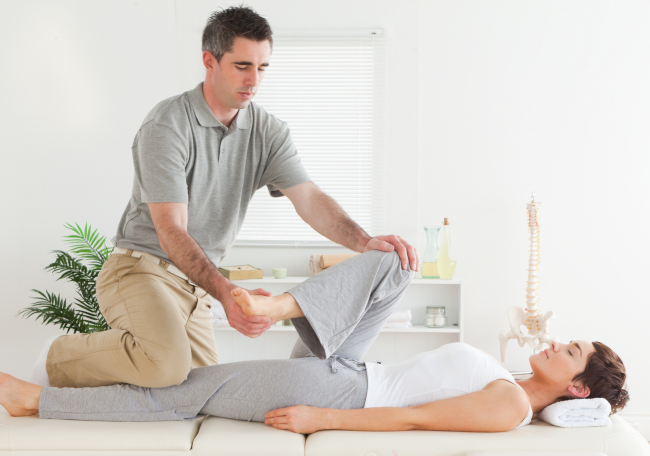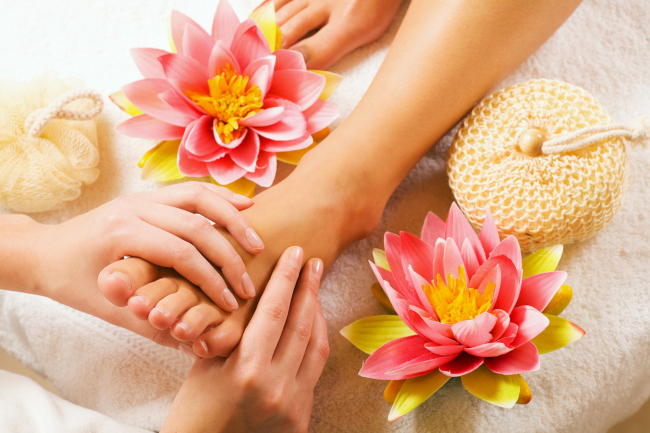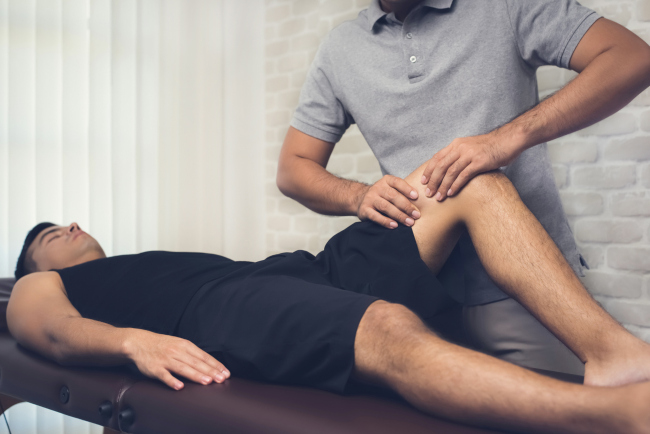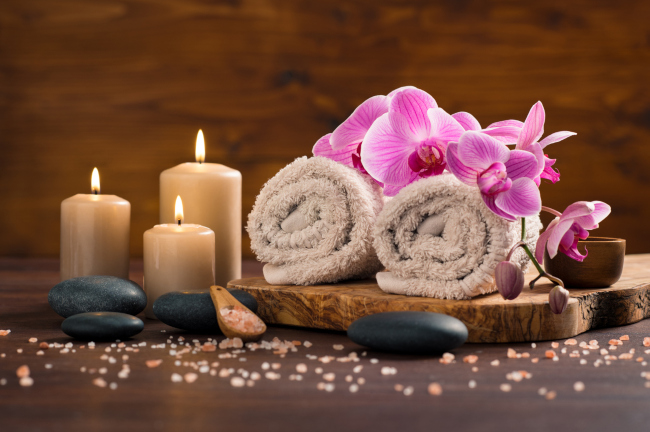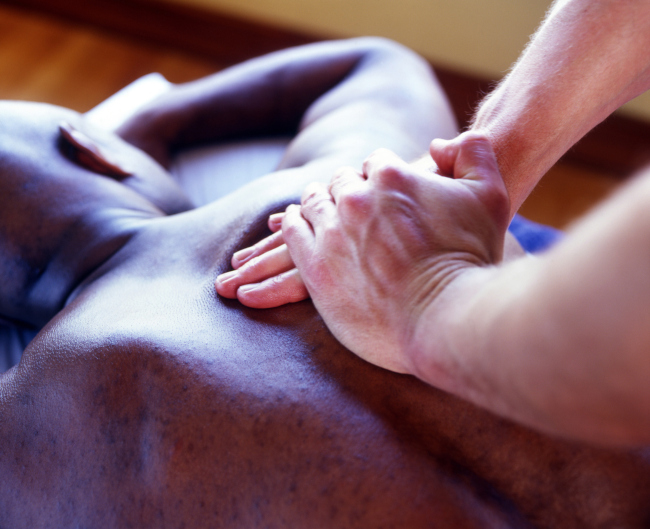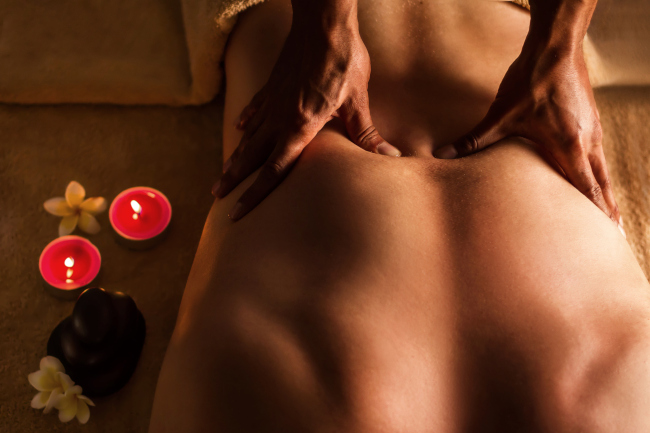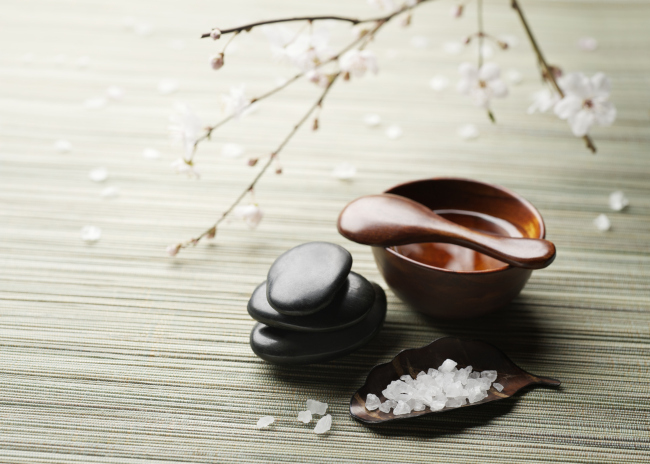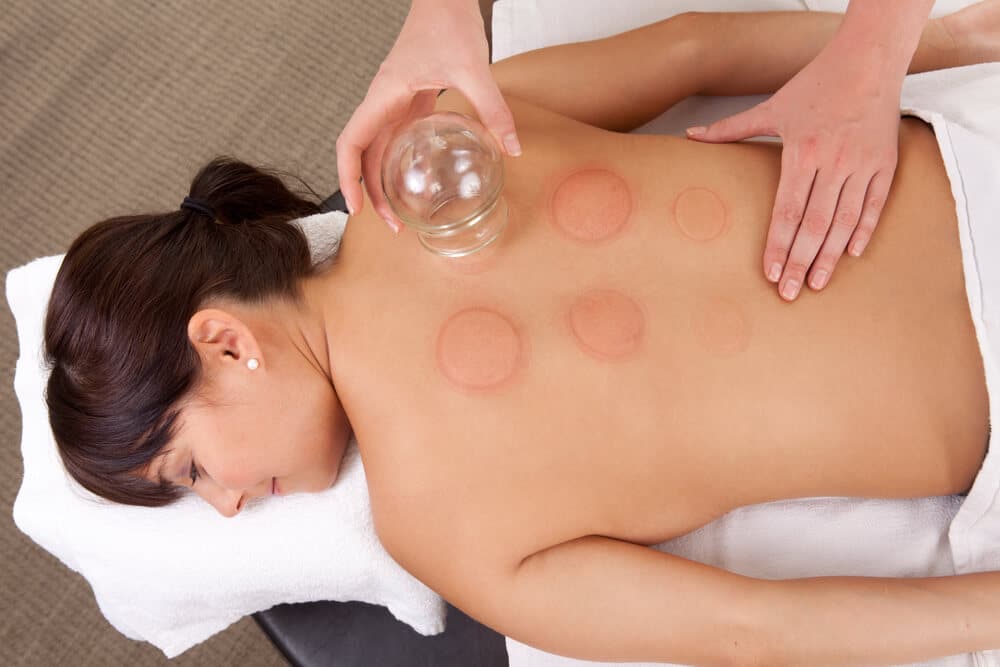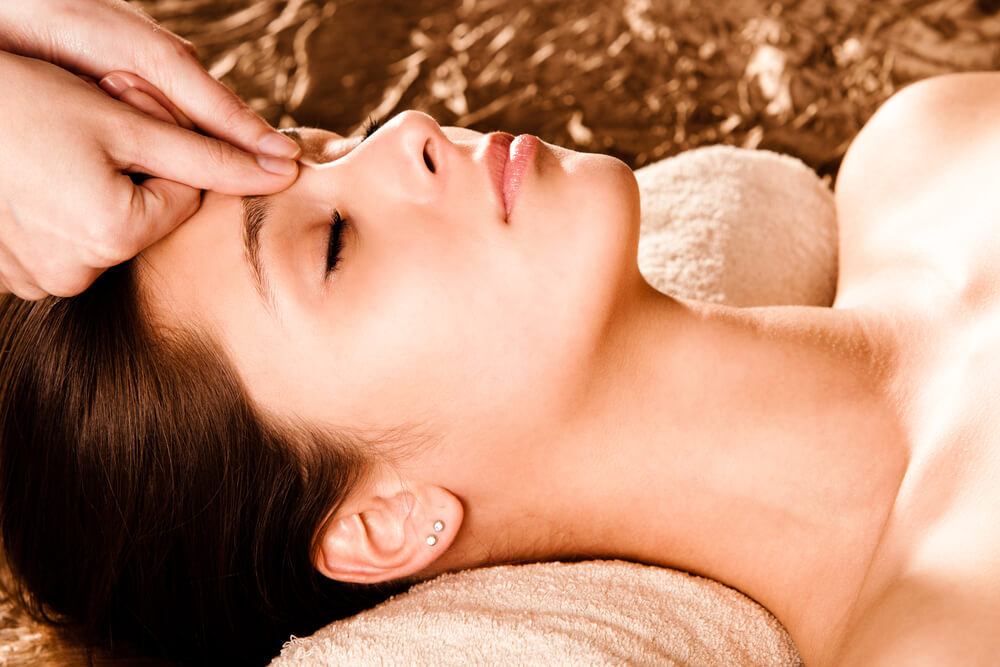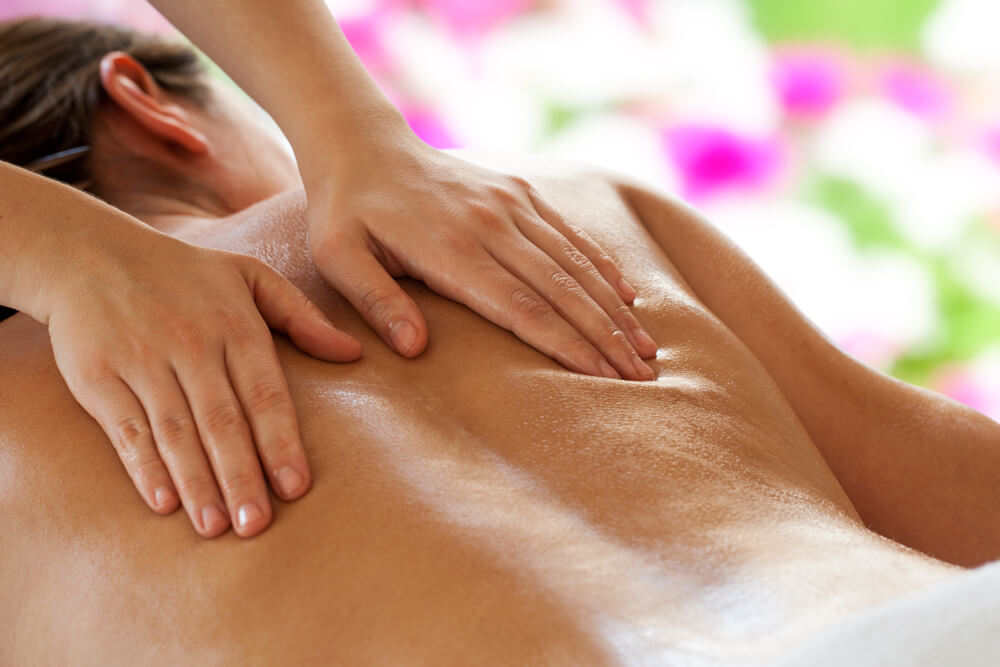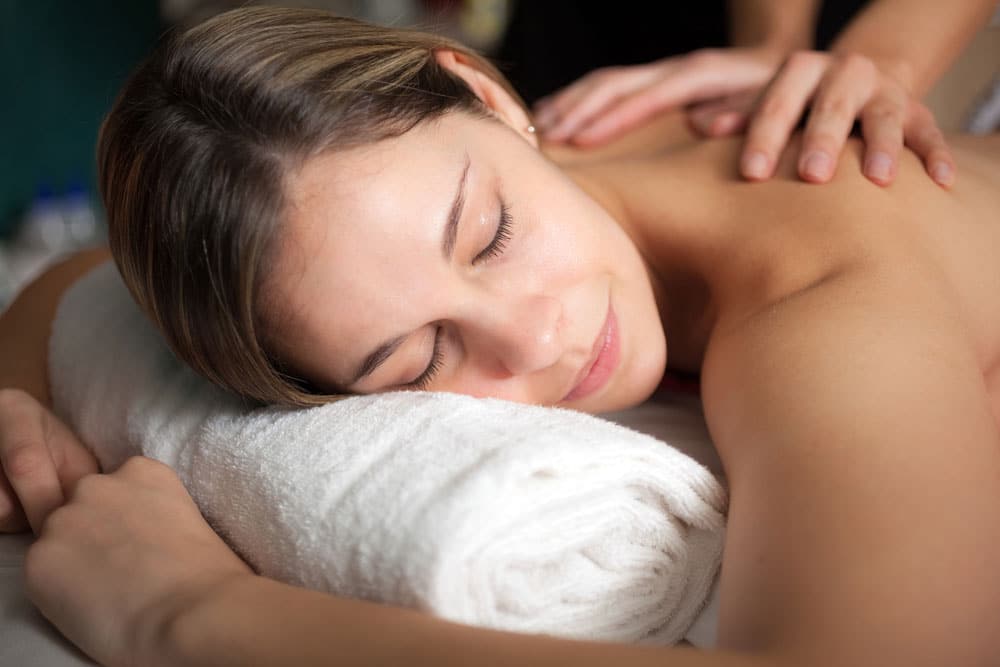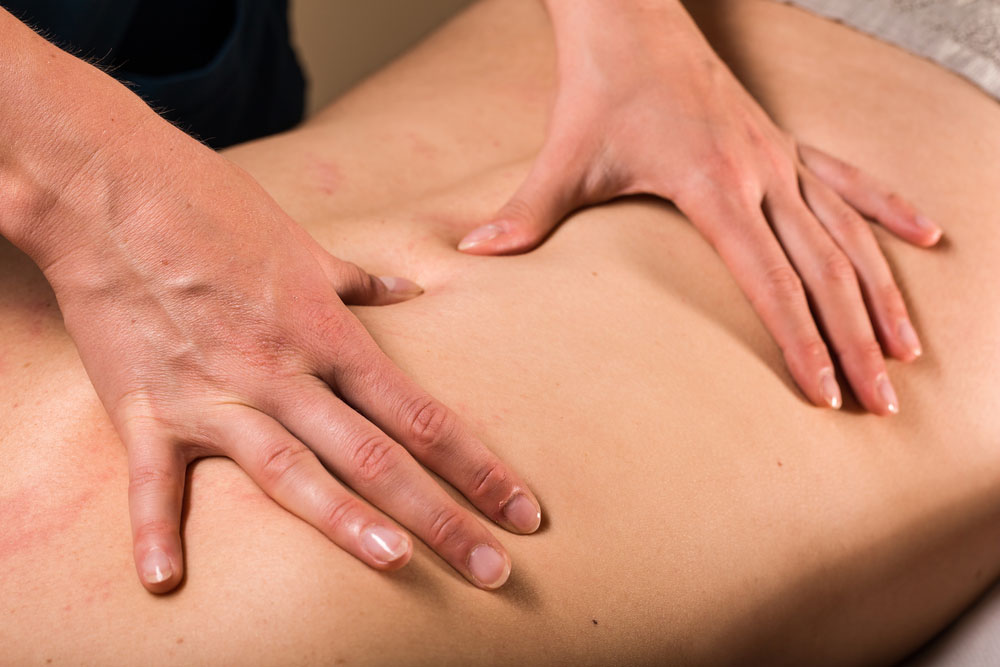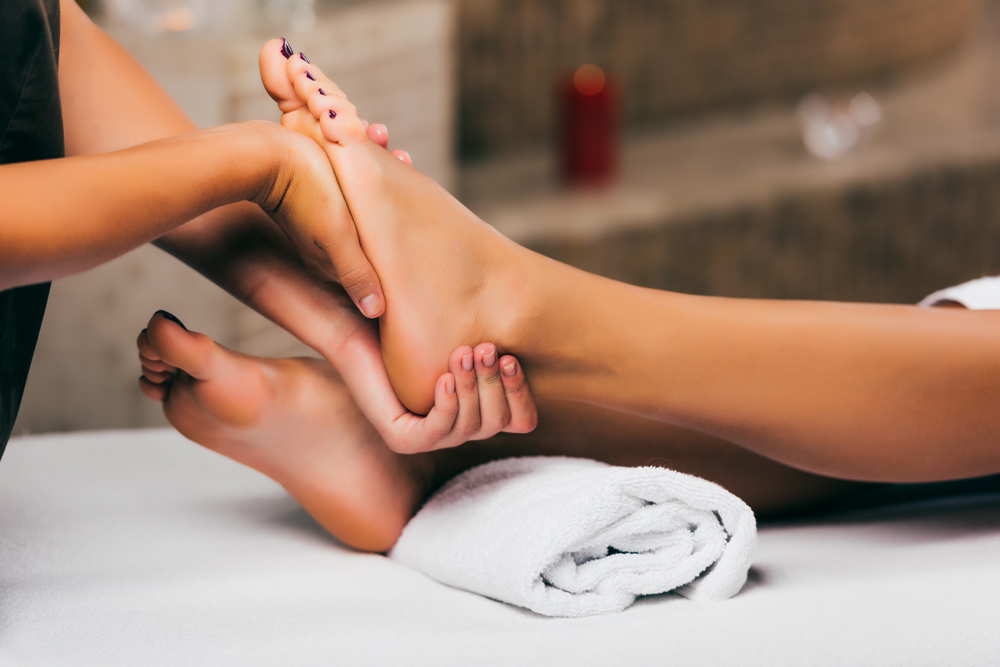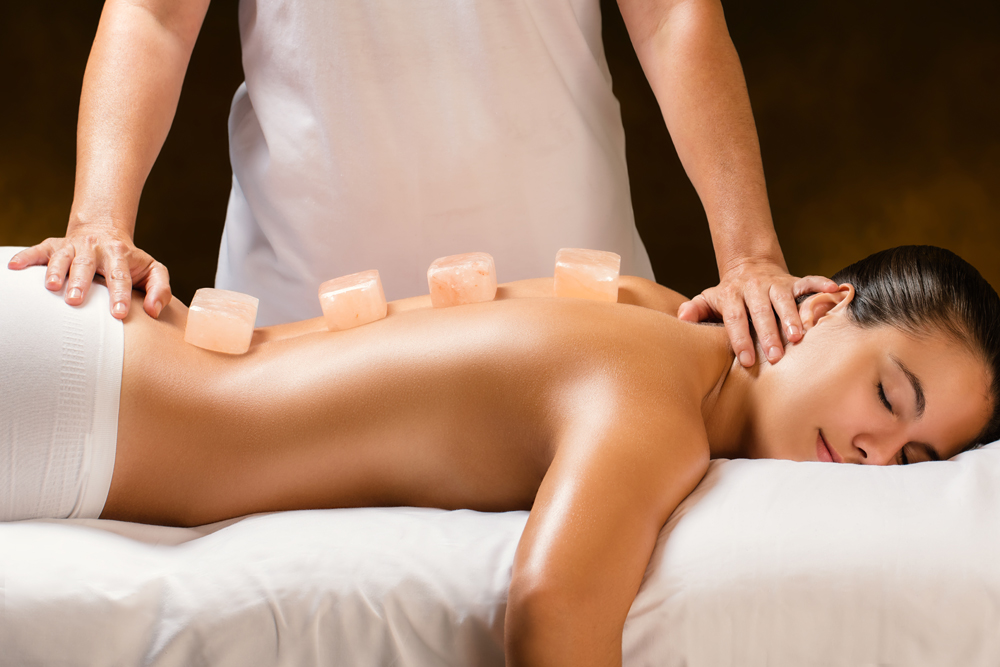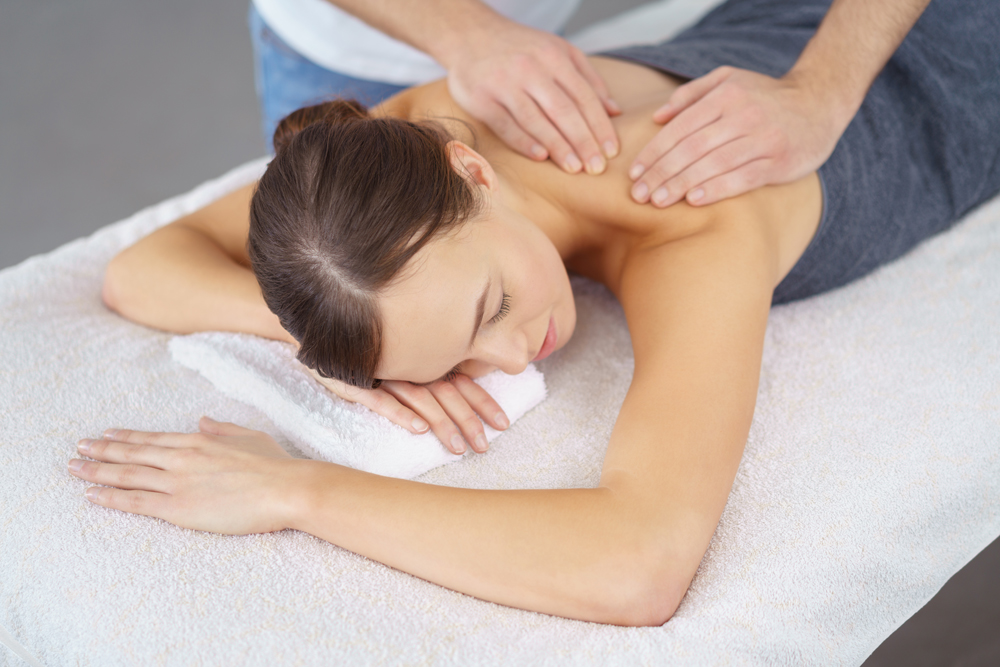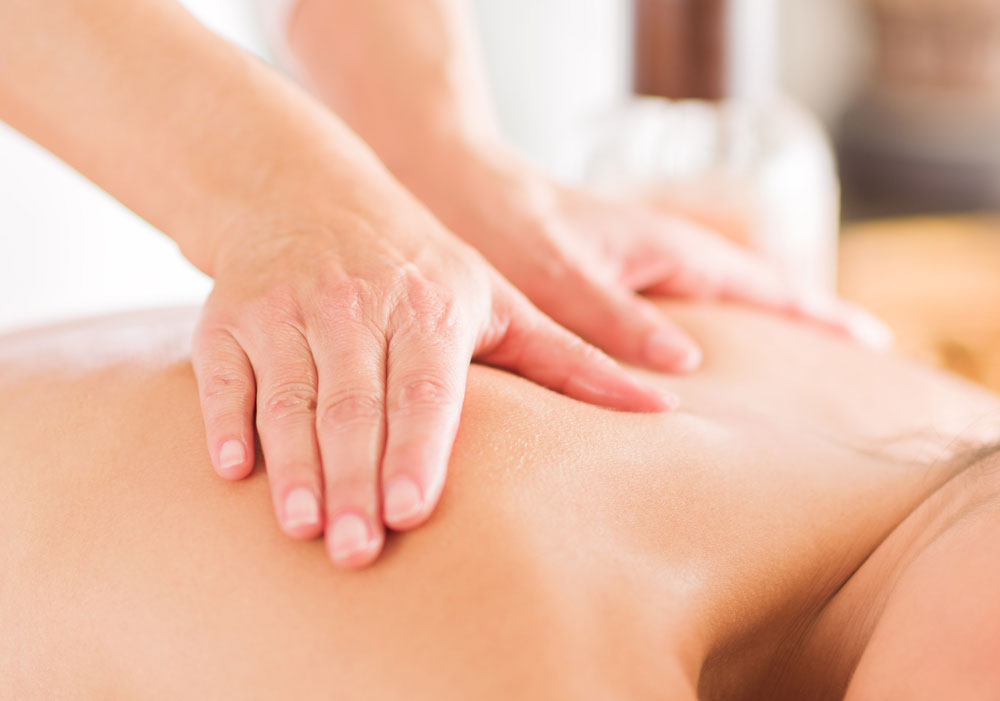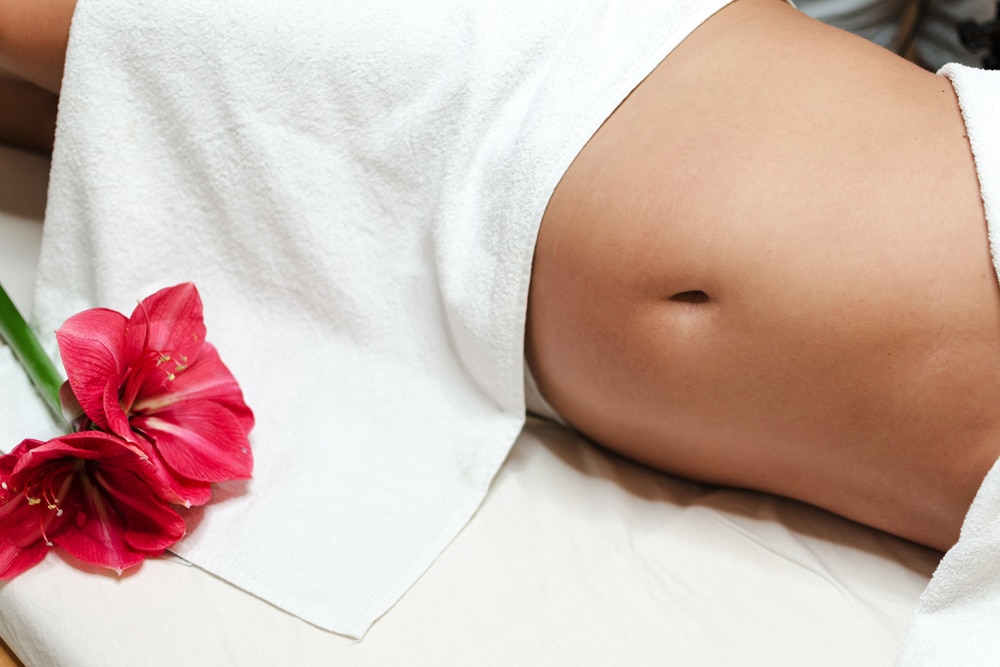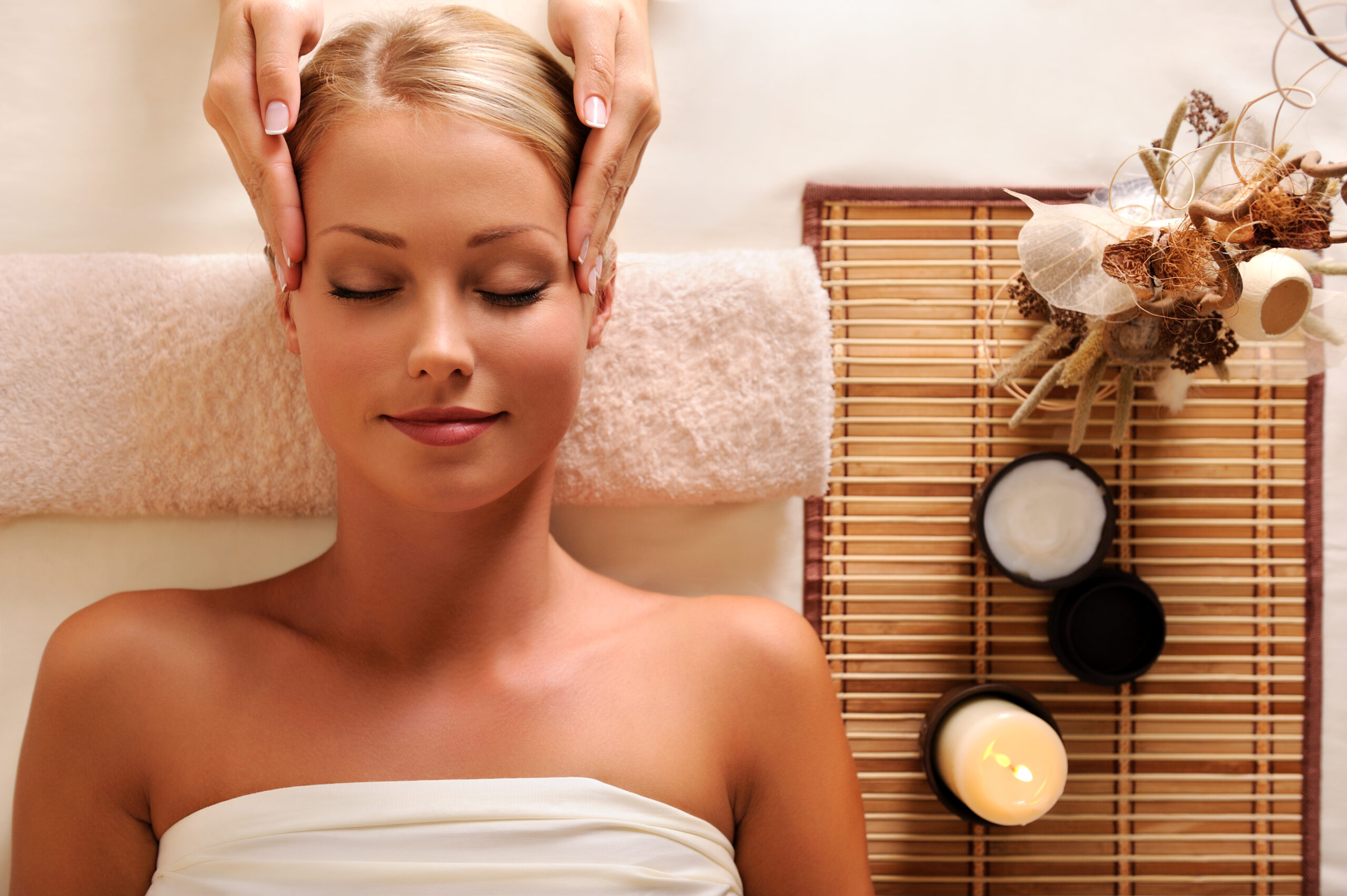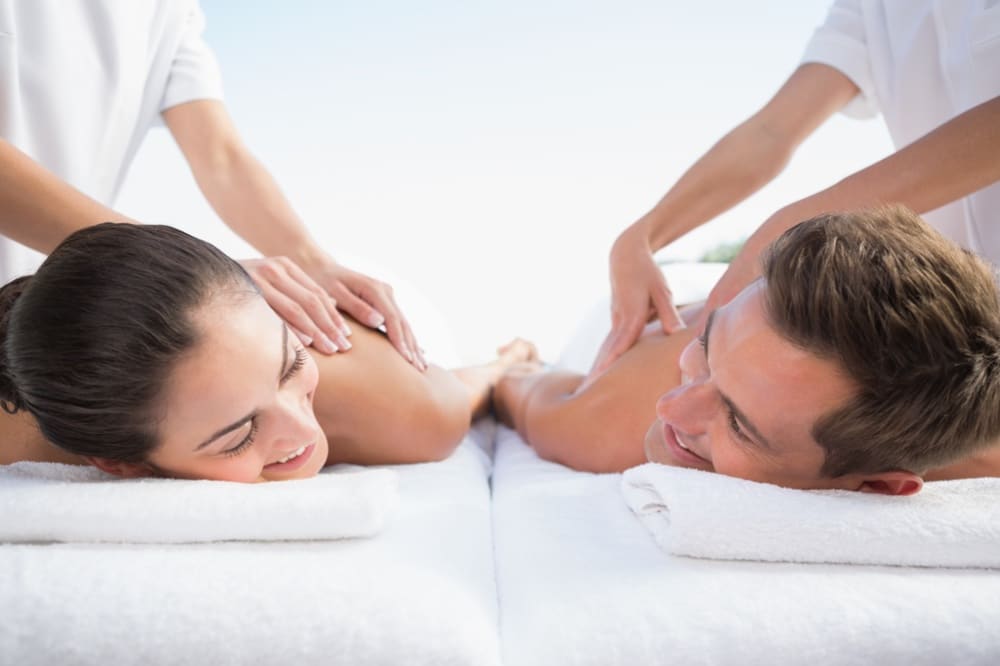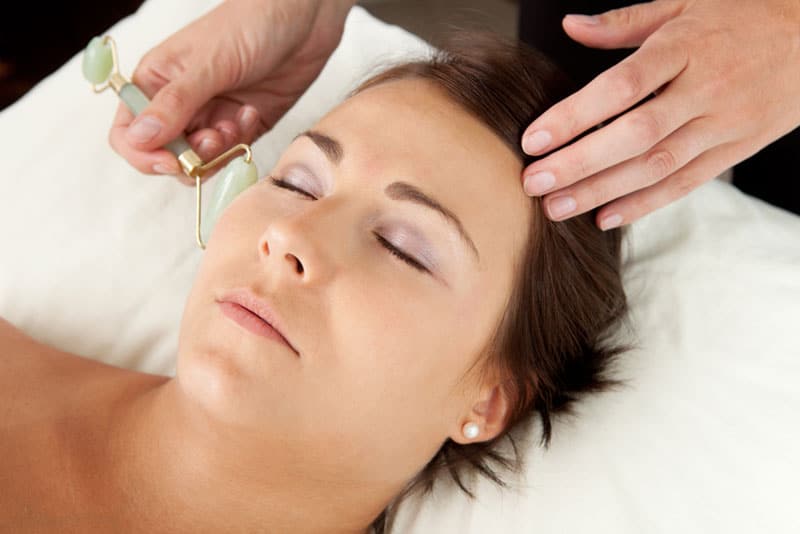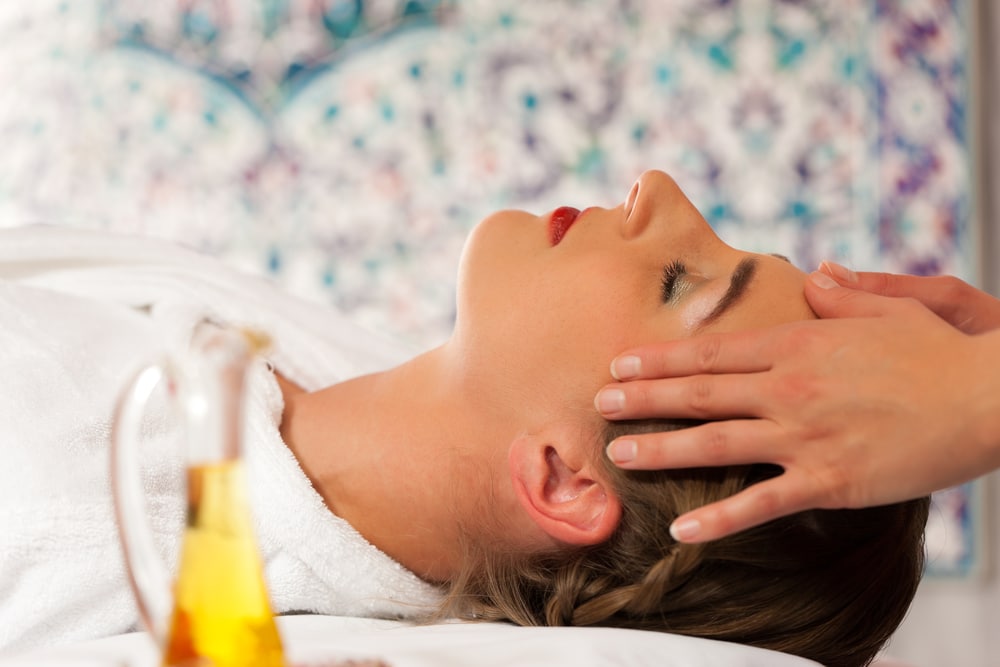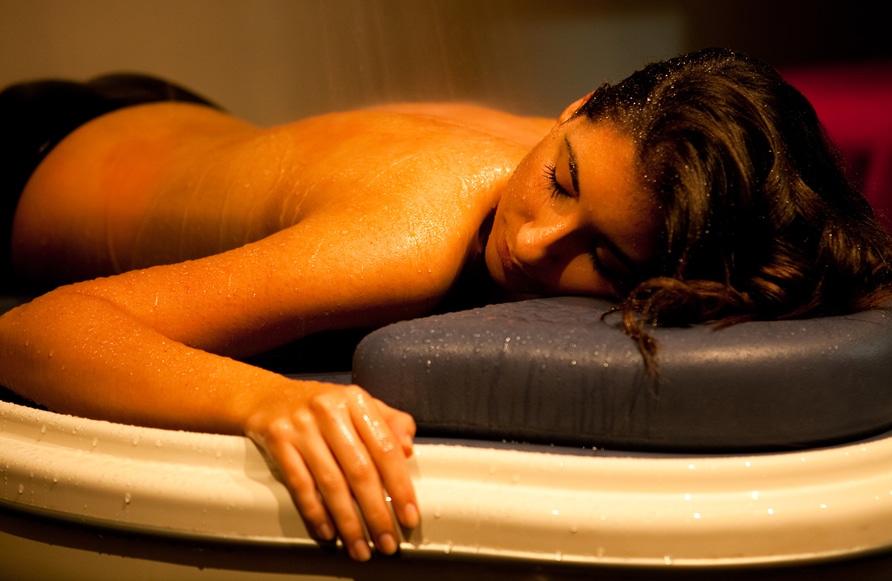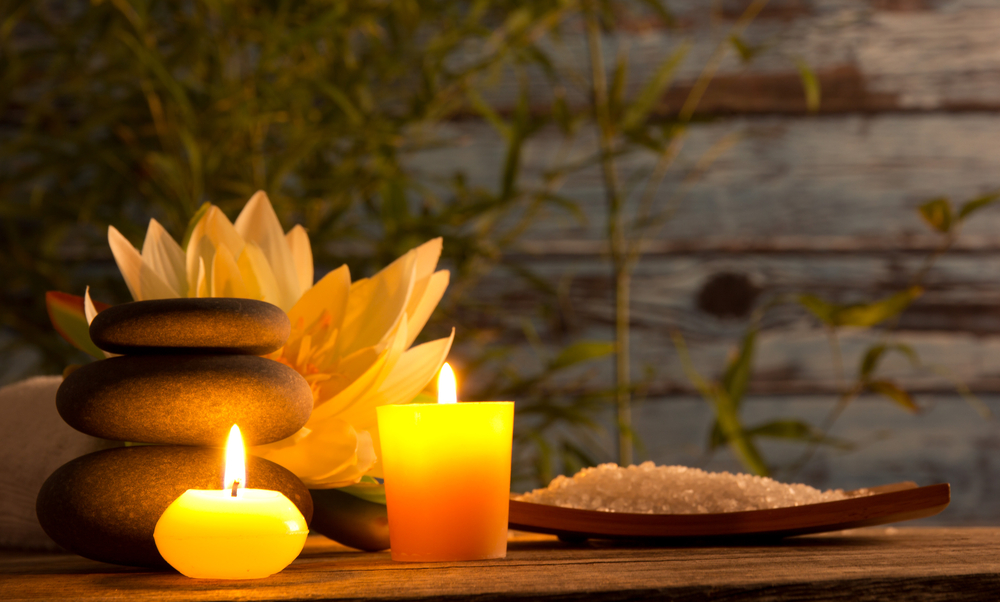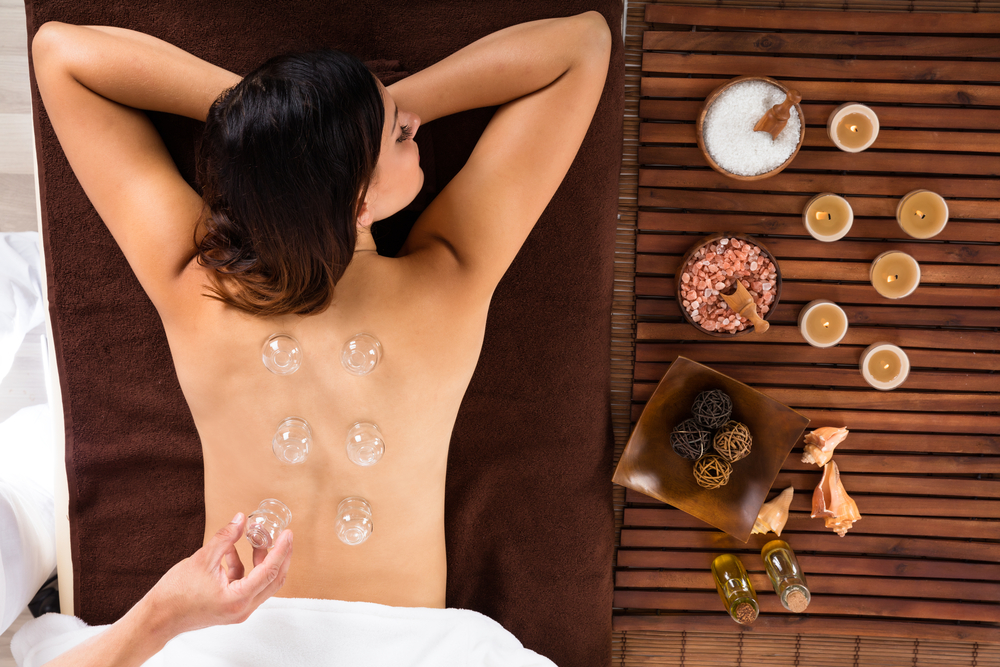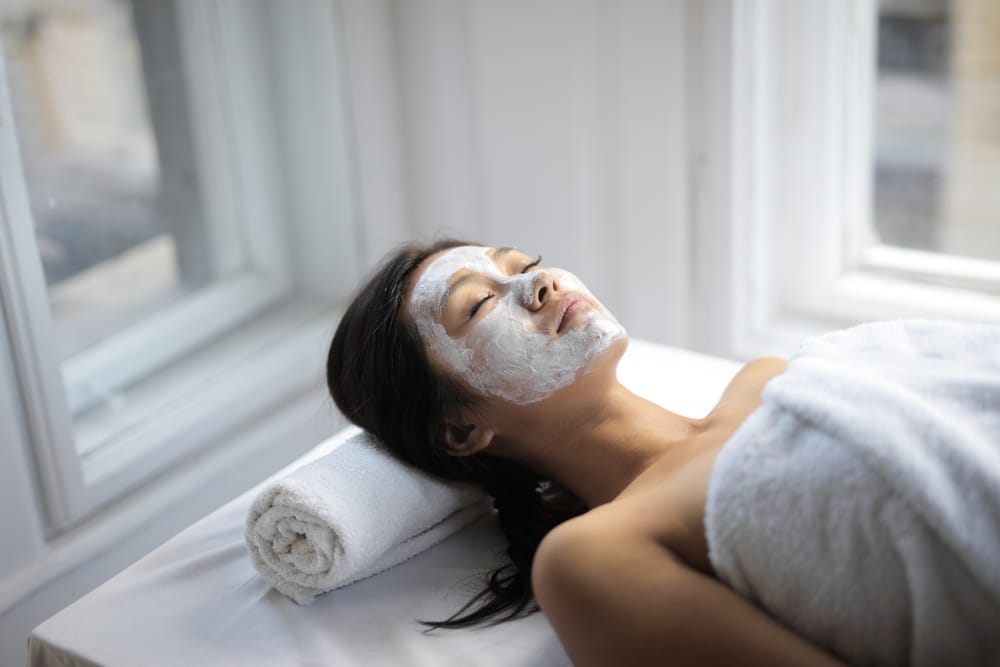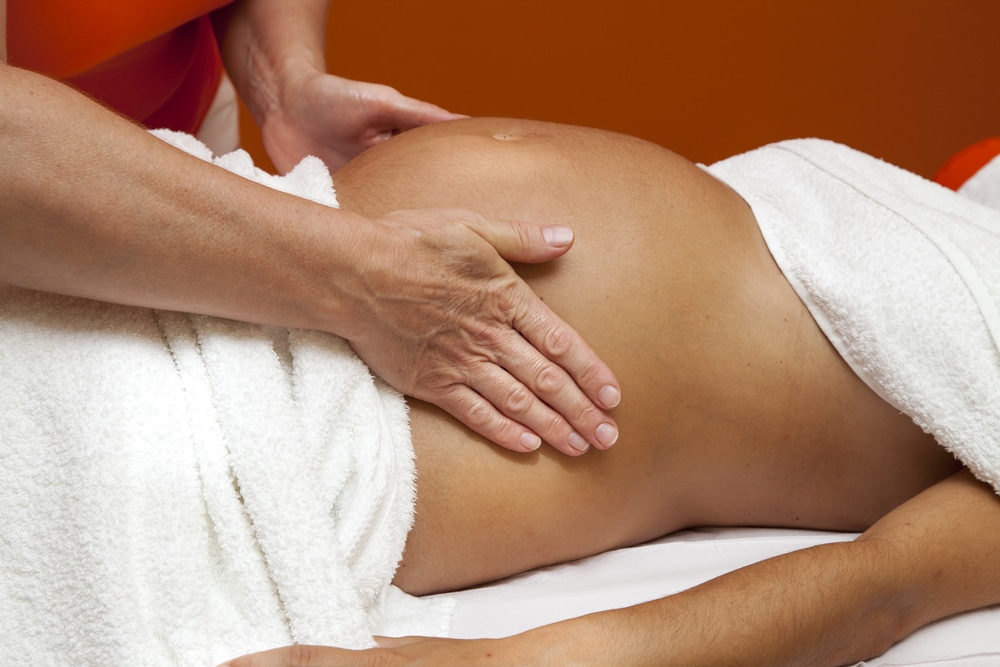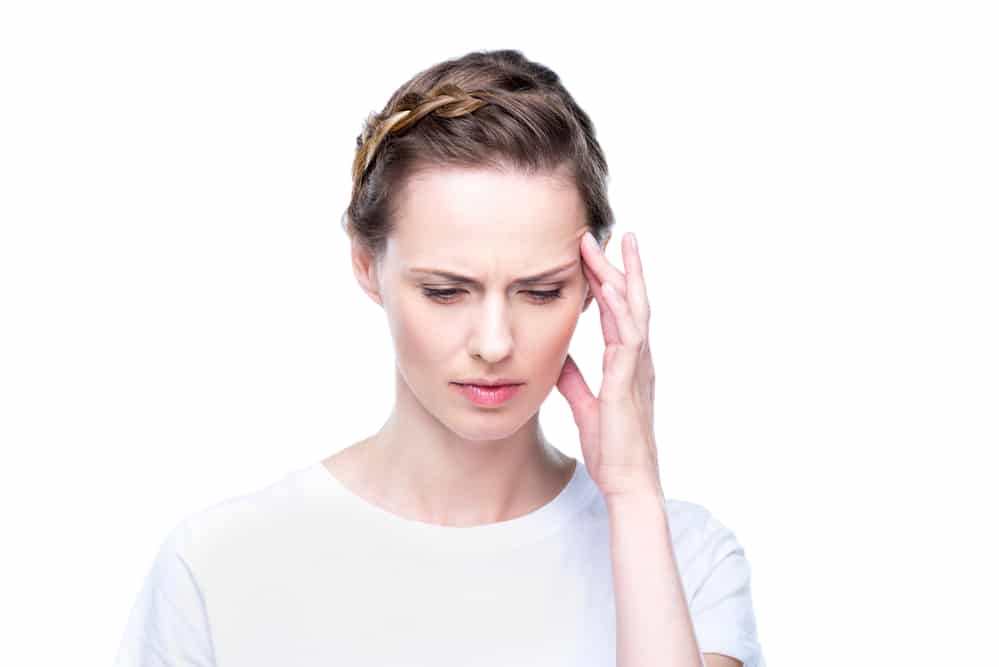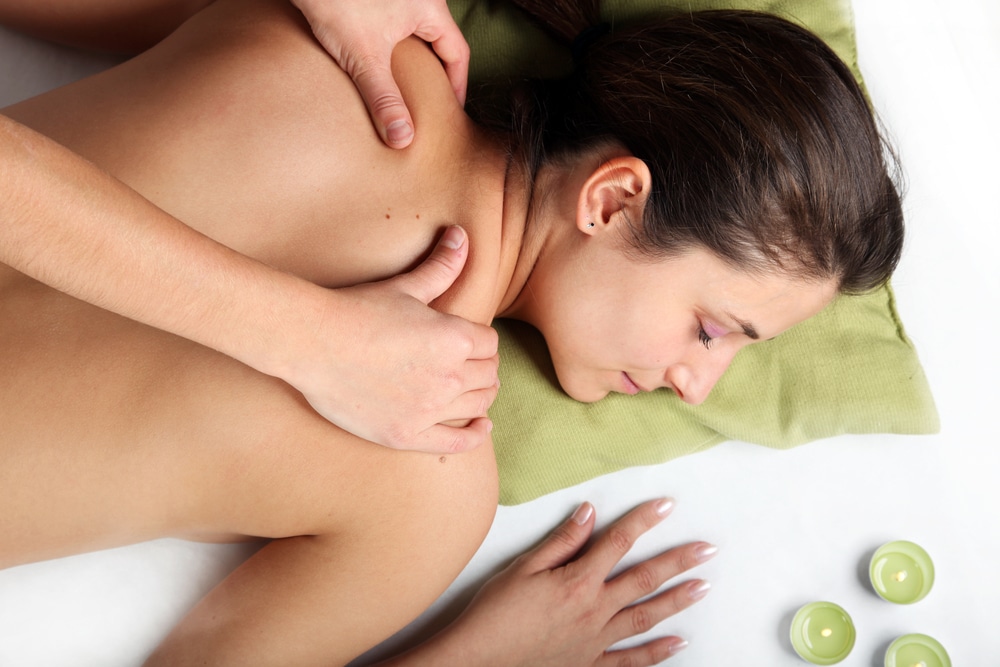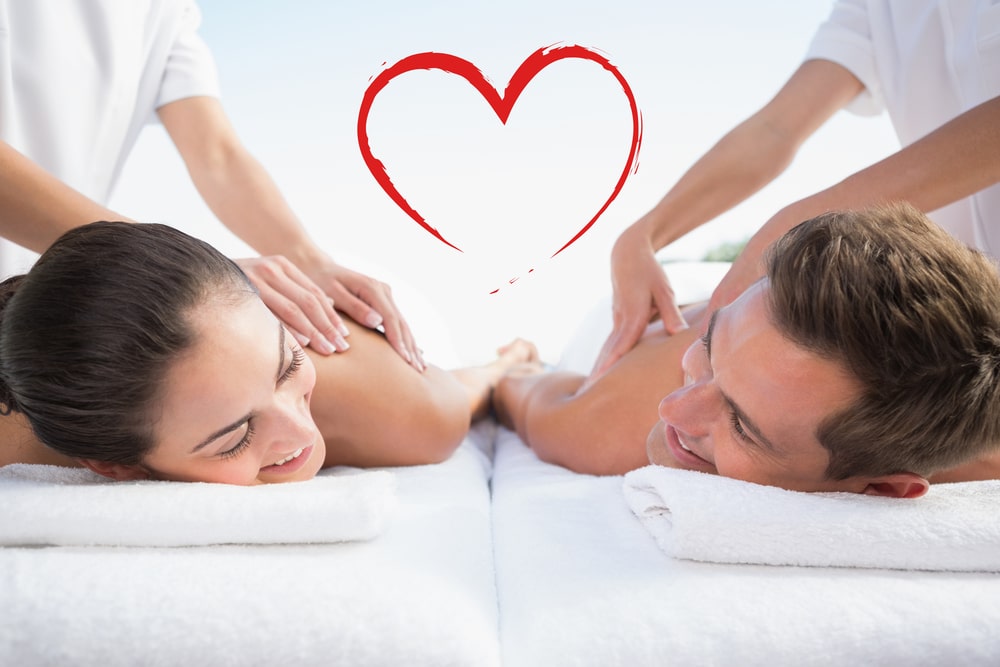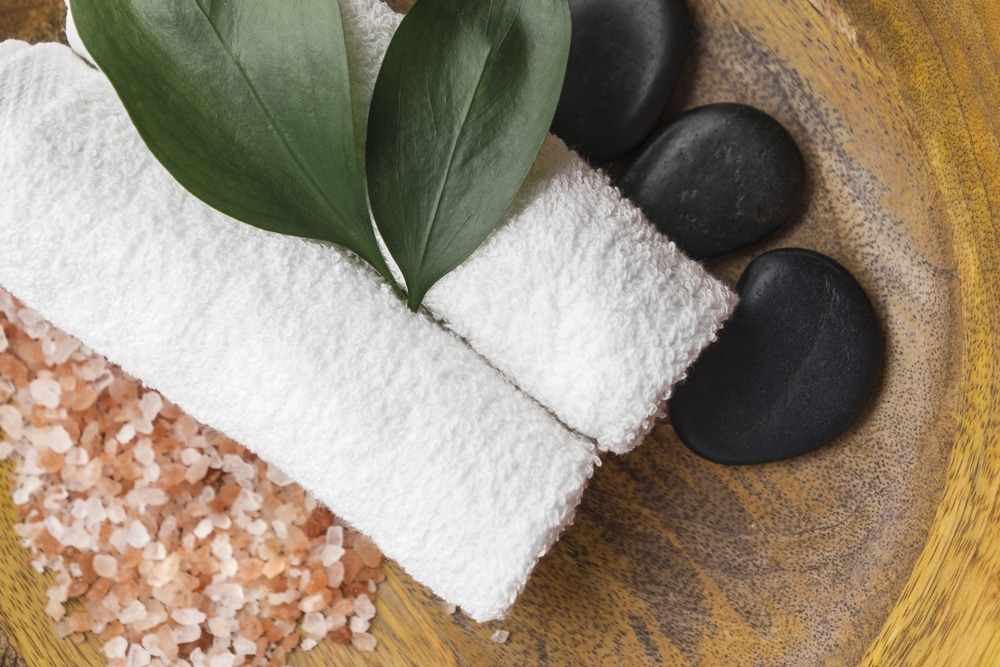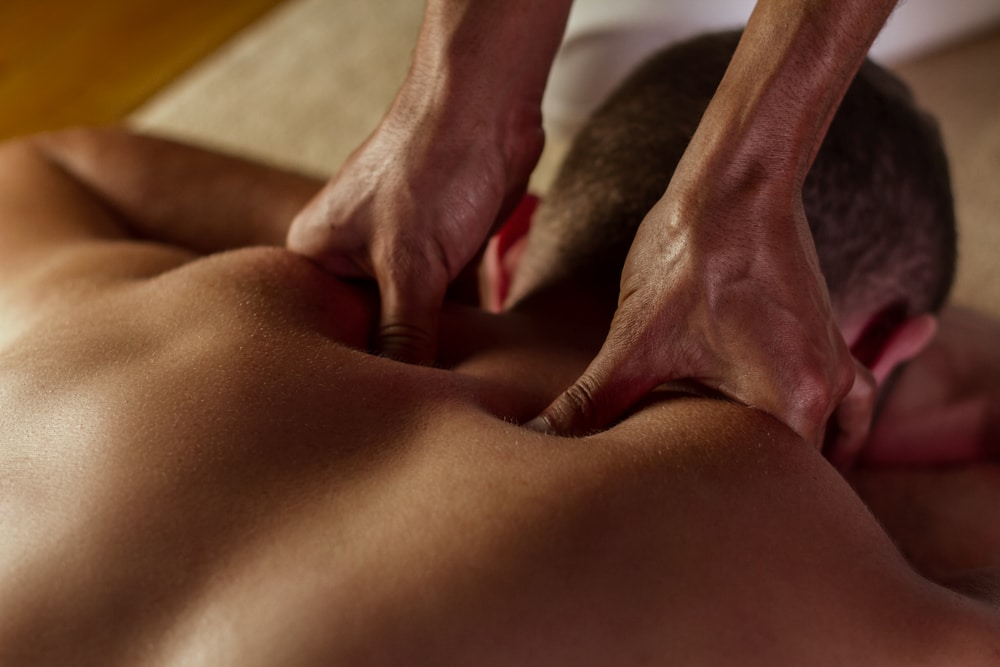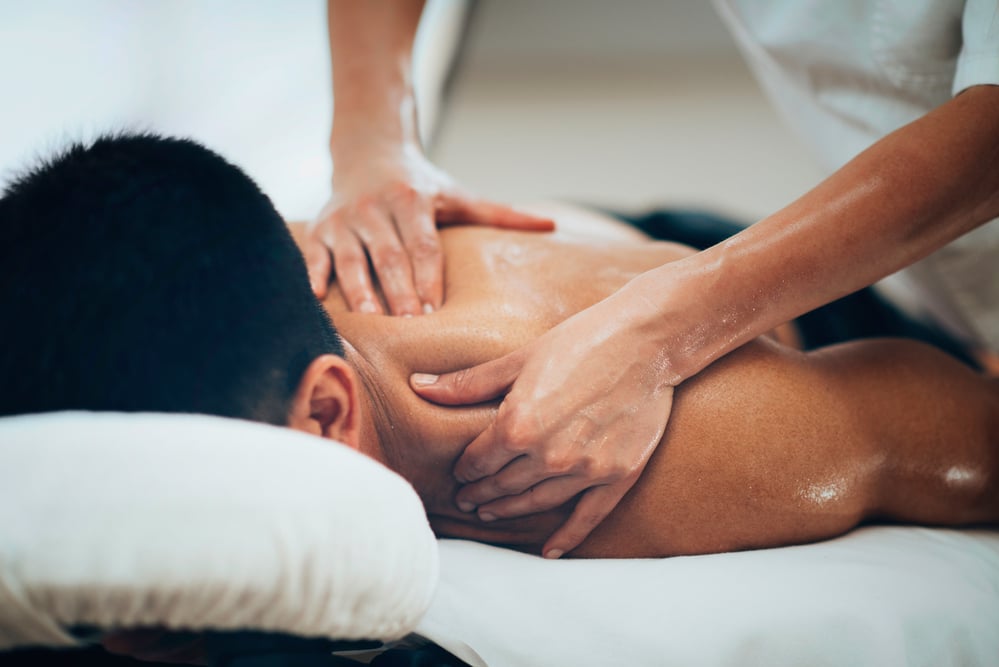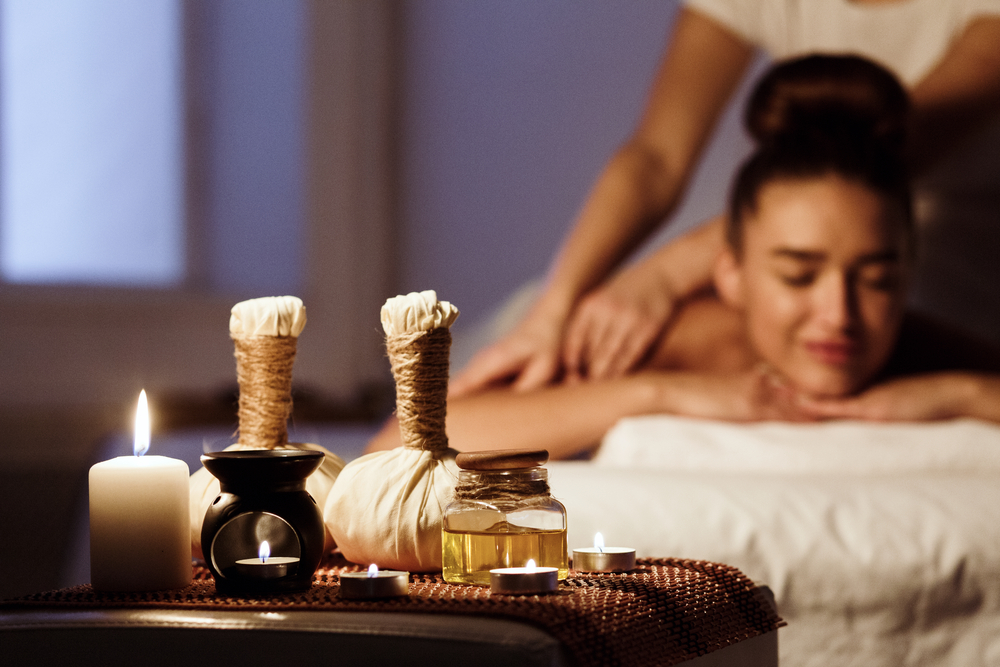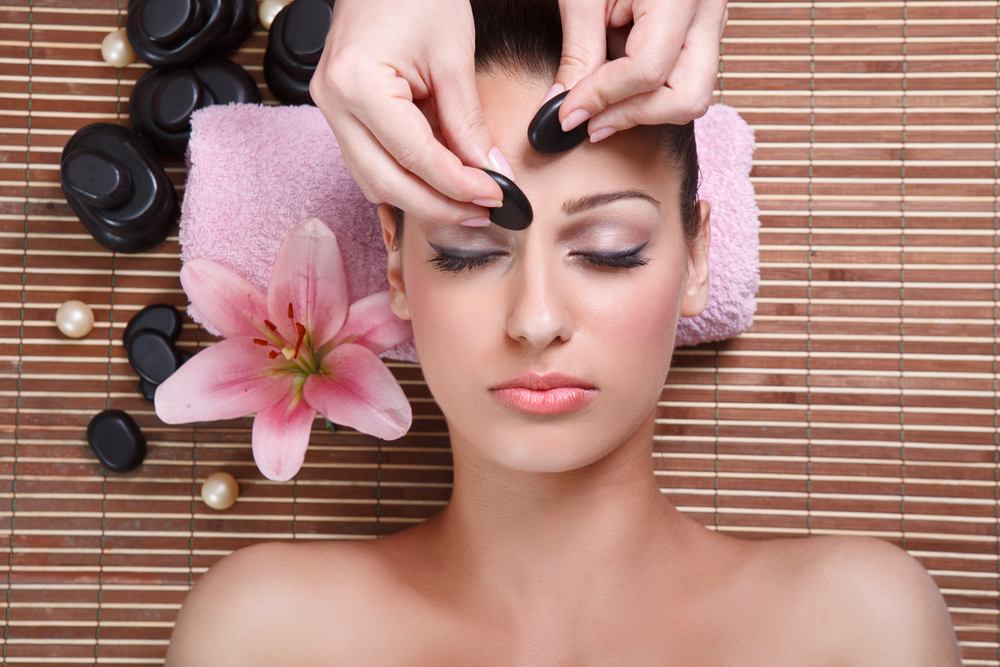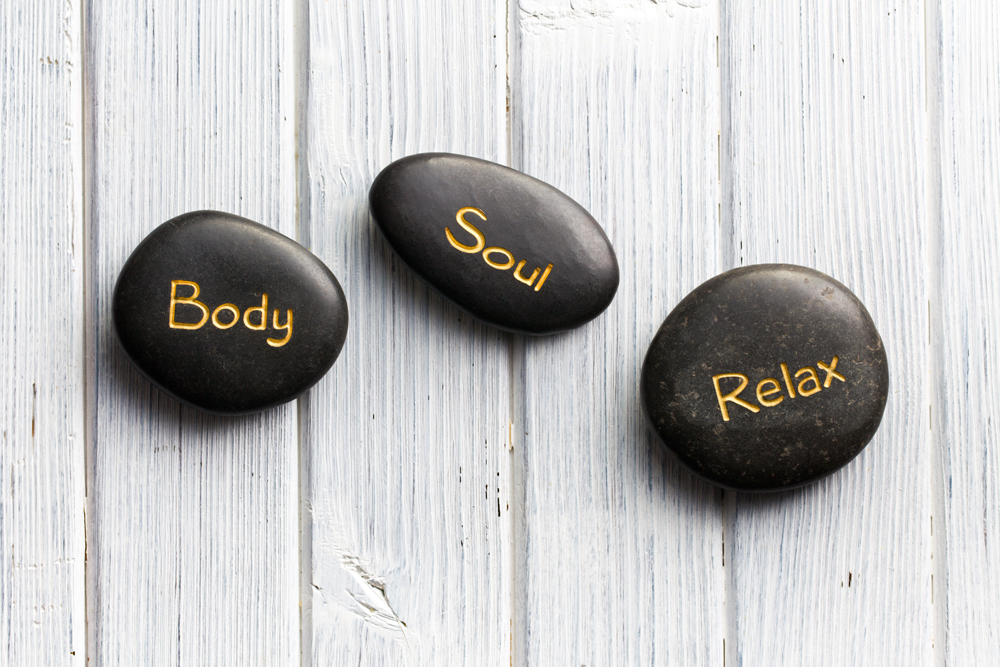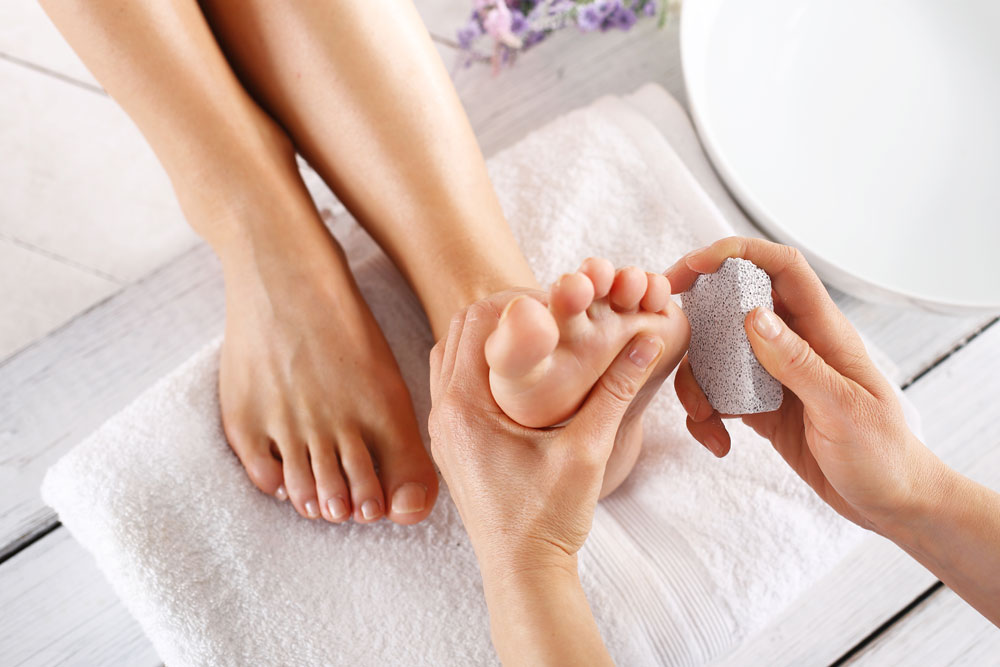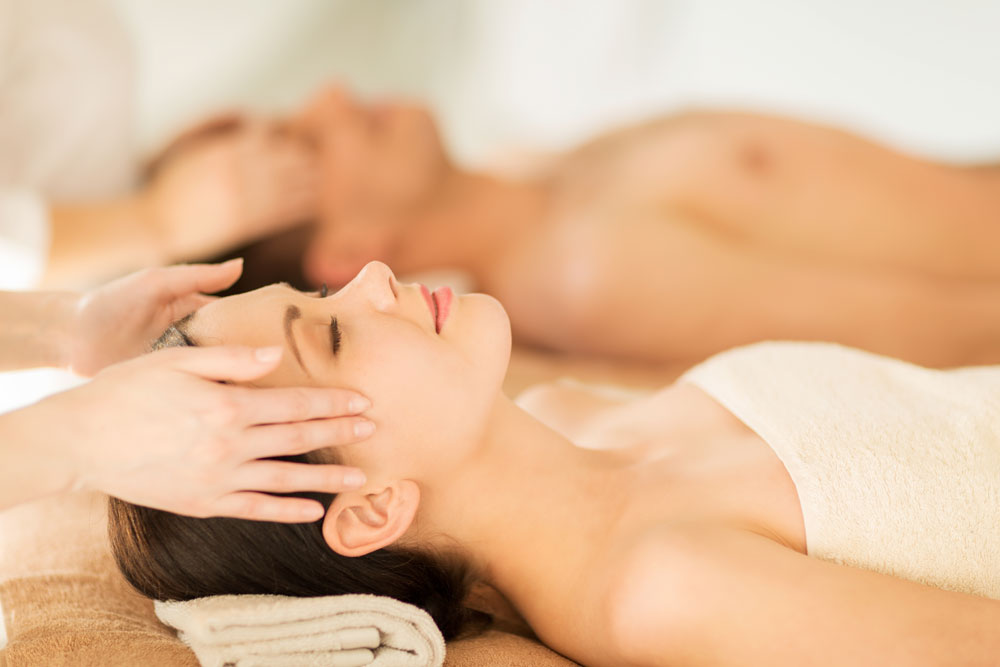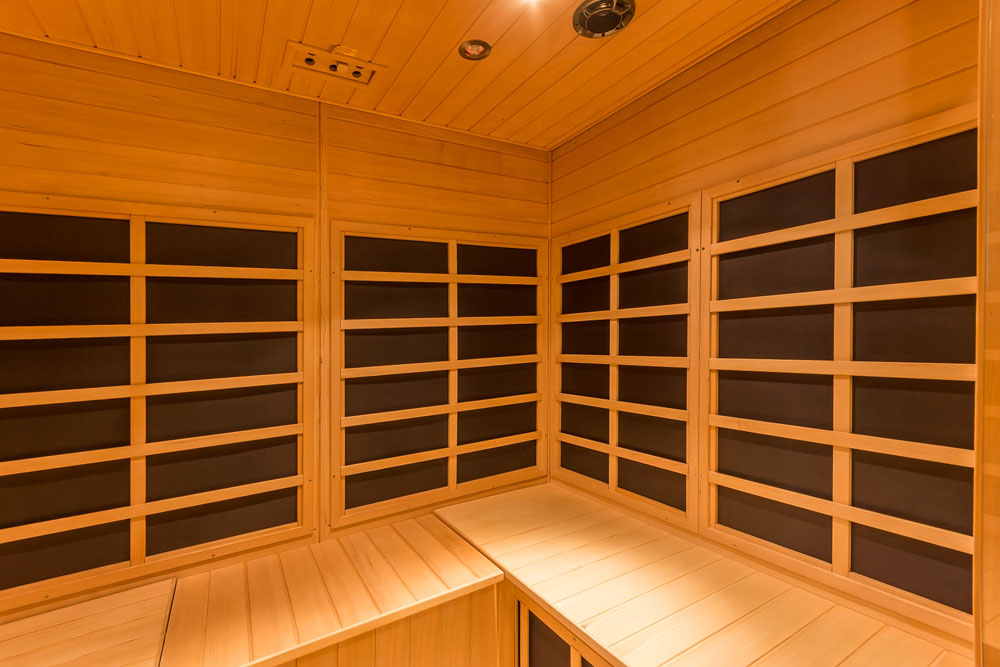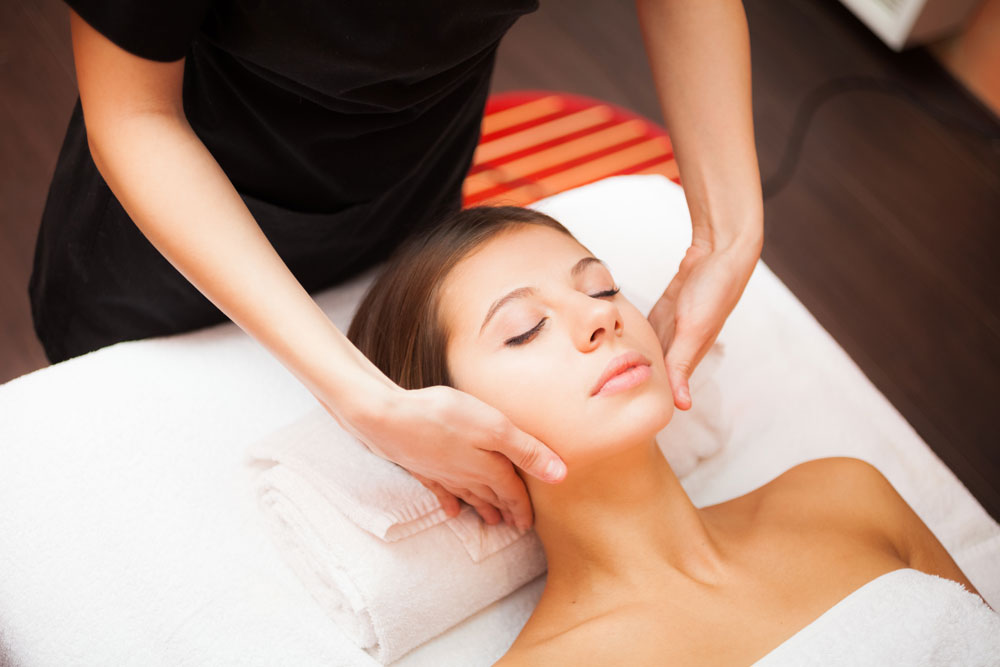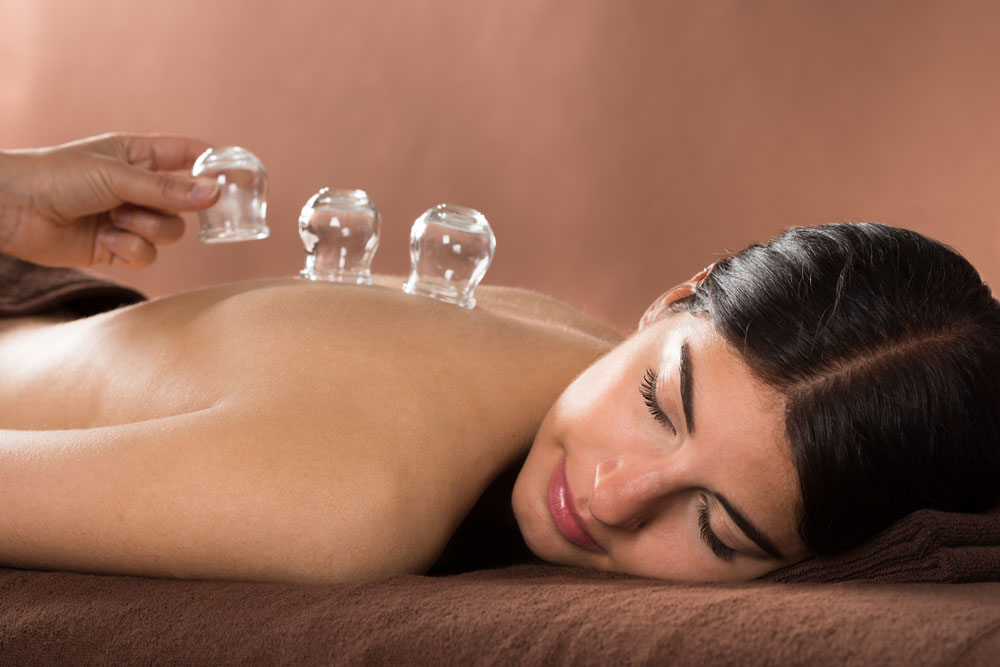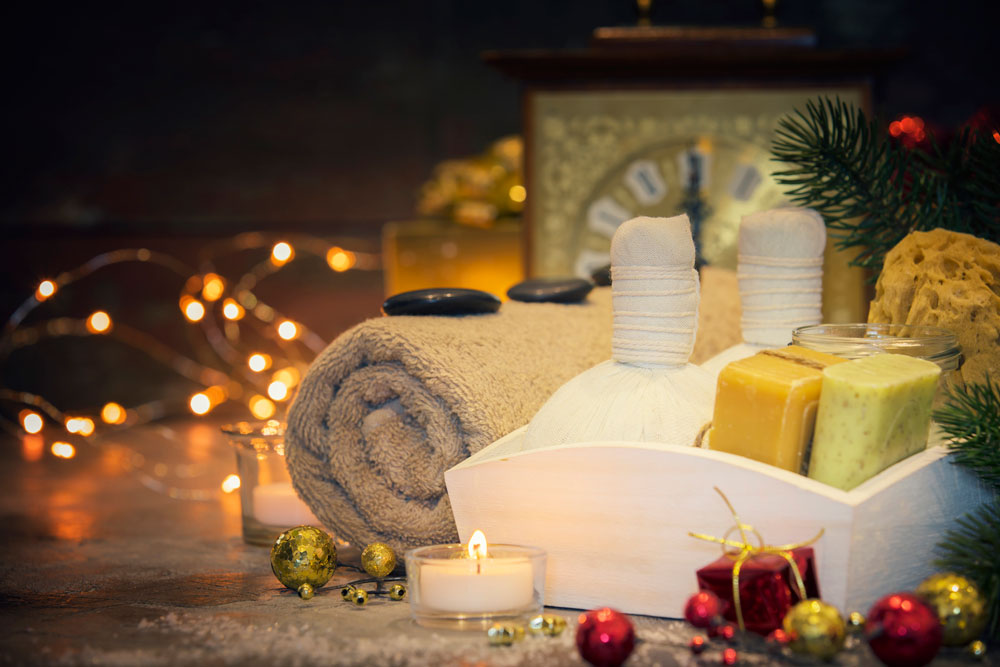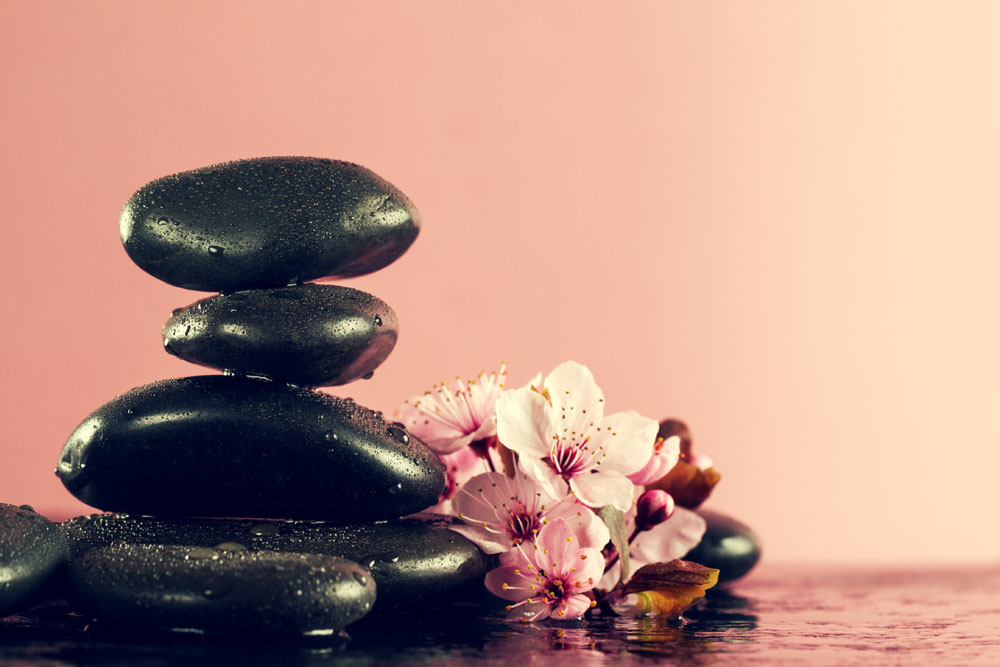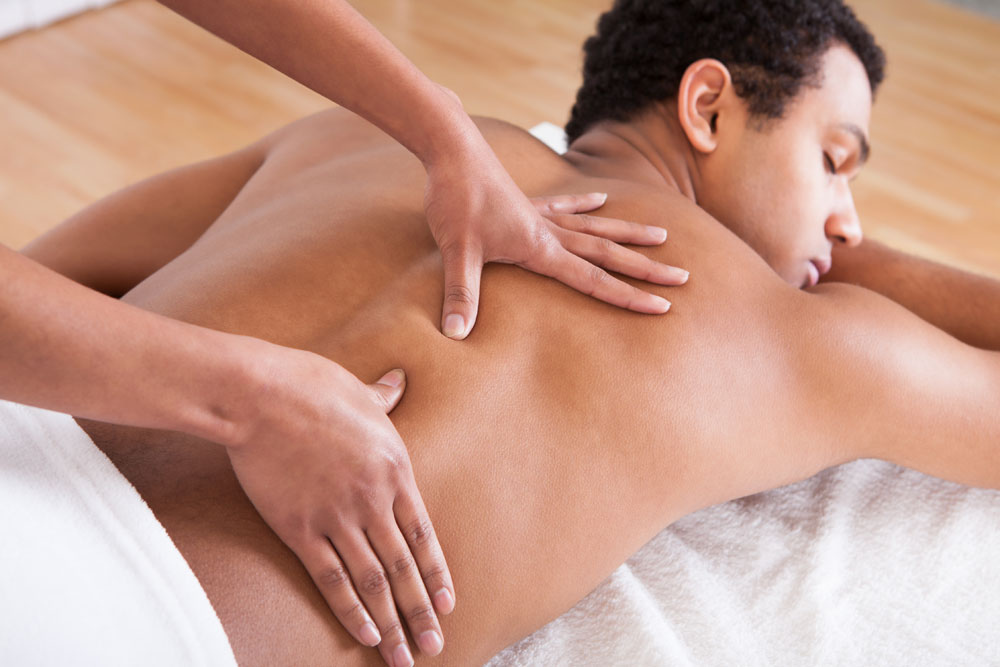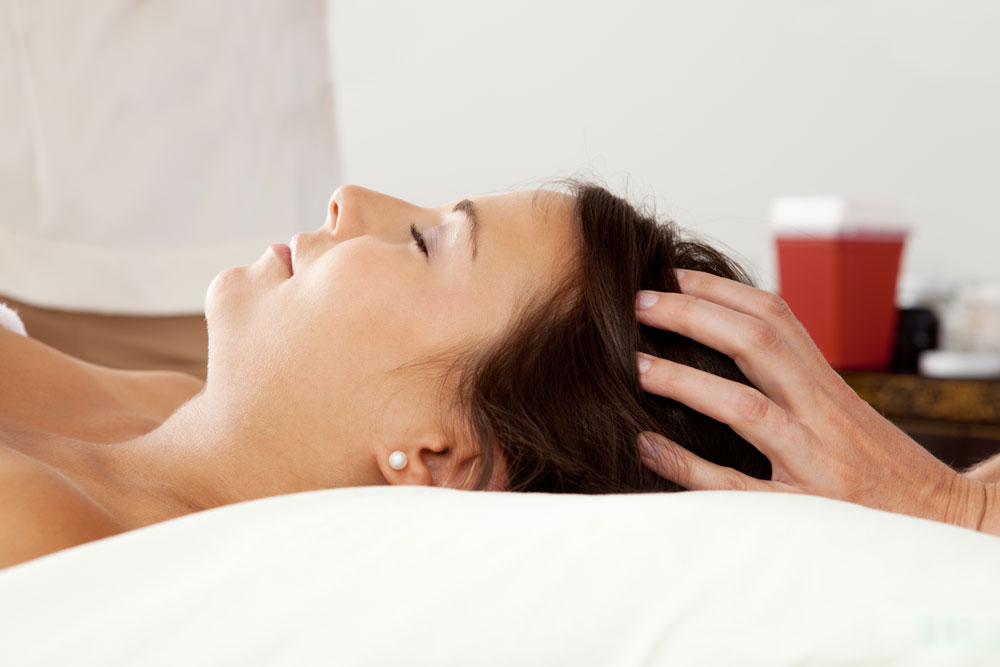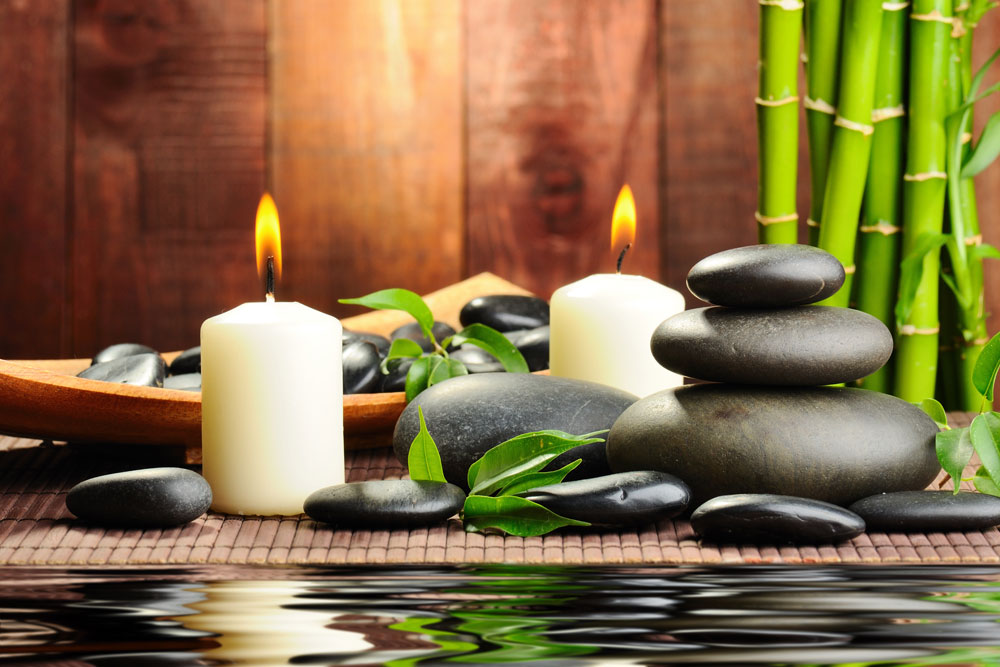What is Reflexology?
Reflexology is a form of bodywork often confused with a traditional massage. At a glance, it can look a great deal like a foot massage. Reflexology is a specialized practice in which pressure is applied to specific areas of the feet. And sometimes hands and ears, to benefit different, corresponding parts of the body. The areas where pressure is applied, known as reflex points. Are linked by the nervous system to different body parts or specific organs in the body. When pressure is applied to these areas by a reflexologist it sends signals through the nervous system pathways. In which aids in pain relief and helps with a variety of other ailment., And you can Detox naturally with reflexology massage
Some examples of reflex points include:
- the ball of the foot corresponds to the heart and chest
- the toes to the head
- the arch of the foot to the kidney, liver, and pancreas
- the heel to the lower back
The History of Reflexology
Reflexology may seem to be relatively new and you may not be familiar with it. But it is actually a very old practice. The history of reflexology is a long and rich one. It dates back as far as Ancient China and Egypt where it seems to have originated around 2330 BC in both locations. Working the feet to help other parts of the body was common in Chinese medicine. It was believed that various parts of the body were linked through energy pathways. The pathways could become blocked and the best way to clear blockages was by working pressure points on various parts of the body.
Even though Egypt and China are separated by thousands of miles of land and water, very similar techniques appeared in the hieroglyphics of several Egyptian tombs. It seems that the Egyptians also noticed a unique connection between the feet and other parts of the body. There is also some evidence that similar hand and foot therapy was practiced by Native Americans. Similar forms of zone therapy were also documented in Europe around AD 1500. Which is when it began being known as zone therapy.
In the early 1900s. There was a revival of sorts of zone therapy thanks to Dr. William Fitzgerald. He called his techniques Zone Analgesia in his published works. What is thought of as modern reflexology was refined in the 1930s by an American physiotherapist named Eunice Ingram? Ingram created the diagrams utilized by reflexologists today, known as foot charts.
How is Reflexology Different From Massage and Other Techniques?
Reflexology massage in Winston-Salem is often confused with other types of bodywork like massage and acupuncture. It is a completely different and separate technique from both of these practices, including foot massage. Although they are all relaxing techniques, often used for stress-relief they are quite different.
Massage therapy, in general, covers large areas of tissue and focuses on the muscles and sometimes joints themselves. It releases tension and knots. A foot massage is intended to benefit the feet themselves. A foot massage session will work the soft tissues and muscles of your feet to relieve foot pain, improve circulation to your feet, and sometimes promote healing after an injury or surgery. Overall, it can relieve stress and improve your mood. A foot session in reflexology is intended to benefit other areas of the body.
Acupuncture is more similar to reflexology massage to detox naturally in that it also utilizes reflex points to cause benefits elsewhere. Acupuncture is not restricted to the hands and feet, it instead utilizes points all over the body. Specialized needles stimulate the points while the pressure is completely manual in reflexology.
The Benefits of Reflexology
Reflexology has many benefits and makes an excellent supplemental therapy along with other techniques and methods. It is not a cure for ailments, it aids in the healing process. Enhancing your body’s own healing capabilities.
After a reflexology session, the first thing you will likely notice is that it is very calming. It can also treat various aches and pains, hormonal imbalances, and digestive problems.
Some of the most common reasons people receive reflexology are:
- migraines
- tension headaches
- insomnia
- arthritis and other joint pain
- premenstrual syndrome (PMS)
- constipation
- urinary tract infections
- hypertension
A Reflexology Session
A reflexology session can last anywhere from 30 to 60 minutes and most people choose to have their sessions weekly. Each session will be tailored to your needs. Reflexology will not be painful but the pressure is quite firm. It is firm enough that it will not tickle if you are ticklish. And when you’re not detoxing naturally, you can Detox naturally with reflexology massage. In addition to his or her fingers and thumbs, your reflexologist may incorporate balls or dowels. These tools help to create different results, depending upon the goal of your reflexology massage in Winston-Salem. Schedule your appointment with Qi Massage & Natural Healing Spa.
